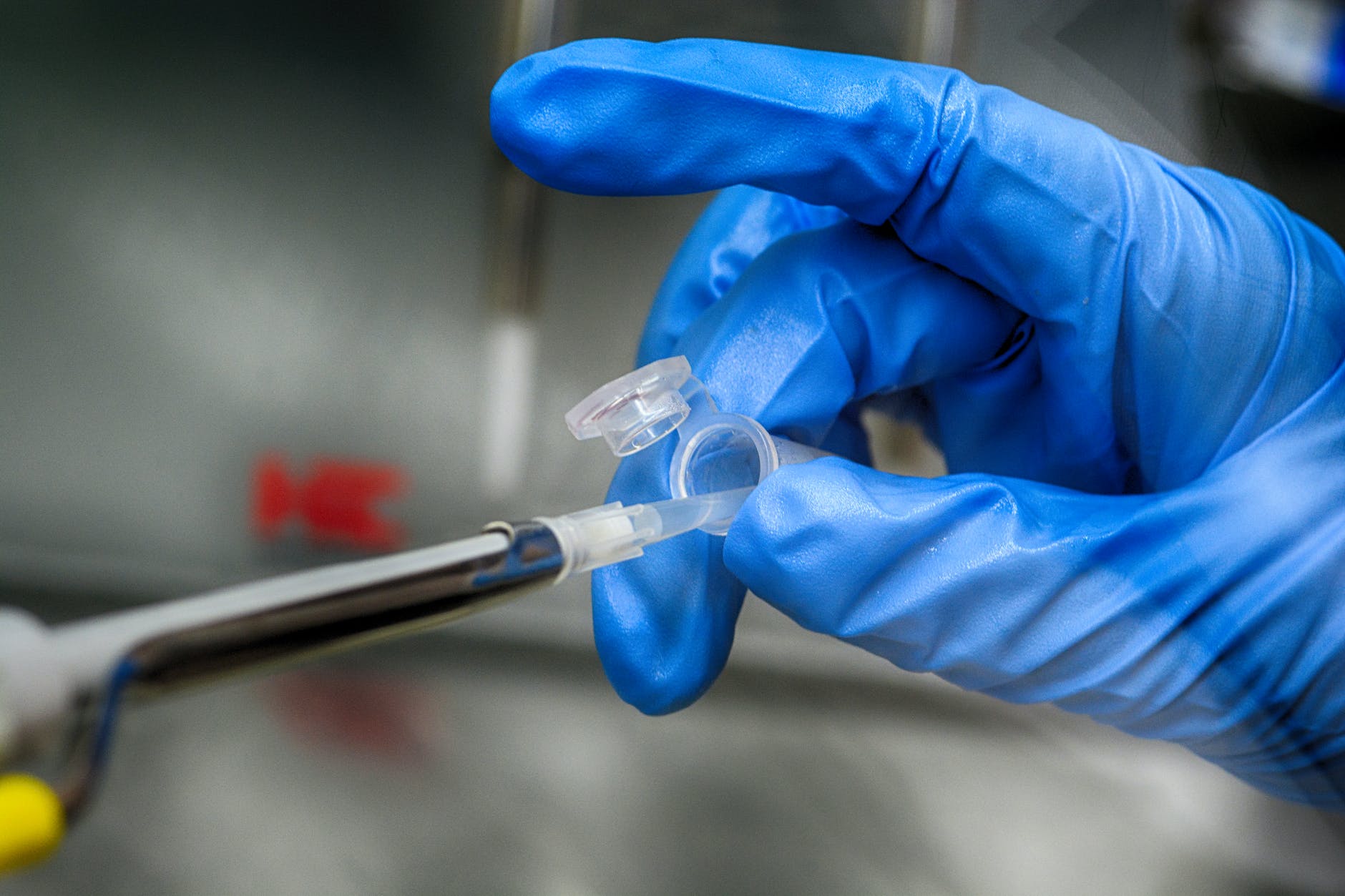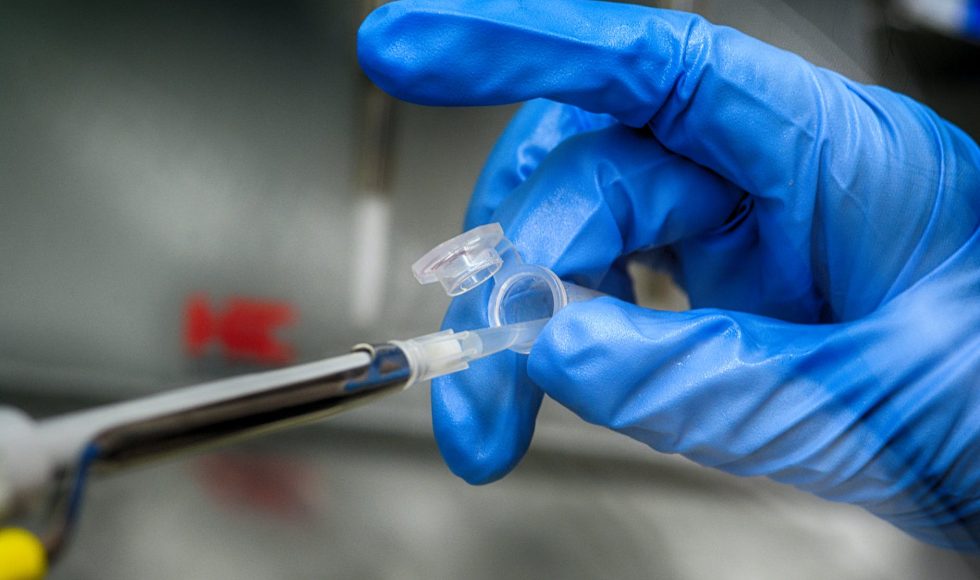Dr. Katelyn M. Cooper from Arizona State University was on JMBE Live! this week (4/16/2021) to talk about their recent study: “Students Who Analyze Their Own Data in a Course-Based Undergraduate Research Experience (CURE) Show Gains in Scientific Identity and Emotional Ownership of Research.” Maya J. Munstermann worked with Cooper on this study as a graduate student. They worked with the University of Hawaii Hilo (Dr. Knope and Munstermann) to study the CURE that Dr. Knope leads. Coper discussed the history of CUREs and described them as a black box because we often don’t know what leads to positive outcomes. Citing Auchincloss et al. 2014, Cooper talked about the hallmarks of productive CUREs include collaboration, iteration, discovery. Cooper went on to connect this study to Corwin et al. 2018 and Cooper et al. 2019 emphasizing cognitive ownership and emotional ownership.
Cooper talked about the choices that CURE developers and instructors make when designing a CURE:
- allow students to develop the research question
- have students analyze data that they have collected vs. data that has been previously collected for others
These were some of the considerations shown on a slide. For this study, the research team focused on the second point. The presenters polled the audience about what they thought were the impacts of students collecting their own data.
Munstermann was the instructor for this CURE offered as an upper-division course. The CURE looked at “extinction selectivity.” Students developed their hypotheses. Students were provided with lists of species and datasheets. Students completed ecological trait information based on research. After collecting data, the students were divided into two randomized groups: the only difference was who the data was collected by. They answered their initial research questions using R. Students worked in pairs. I’m always impressed by the clever designs and the logistics behind these studies! Dr. Sara Brownell is amazing! Students responded to a pre-survey and post-survey after the course. The research group collected data over two years. The two groups consisted of 34 and 31 students, with mostly women, and about half reported having prior research experience.
The research questions included to what extent do students in the CURE perceive they engaged in collaboration, iteration, and discovery AND conducted real scientific research in the CURE? On the post-survey, students responded to a previously-developed scale: LCAS from Corwin et al. 2015 about the extent to which they experienced collaboration, iteration, and discovery. I want to use this instrument! This is the second time I hear about it and Corwin’s work studying CUREs. Interestingly, the researchers found no difference in the students’ perception between the collected data and the scientist collected data conditions for collaboration, iteration, and discovery.
The second question was to what extent student perceptions of science identity and self-efficacy changed. Using previously-developed scales from Estrada et al. 2011, they compared pre-/post data using sample t-tests. The researchers saw a gain in self-efficacy and science-identity from the beginning to the end of the CURE. The presenters polled the audience. Students who analyzed their own data showed greater gains in science identity than students who analyzed scientists’ data! Career intentions pre/post CURE experience were also analyzed considering several factors. The researchers found no difference in students’ interest in pursuing a research career between the two study groups. I found this result intriguing. Did this self-described interest affect career outcomes?
The last research question used questions from Hanauer & Dolan 2014 to measure cognitive ownership (the degree to which students feel as though they have intellectual responsibility over their work) and emotional ownership (strength of emotions toward their work). They found that regardless of the data they analyzed, students reported similar levels of experiencing collaboration, iteration, and discovery. All students showed gains in research self-efficacy and science identity. Students who analyzed their data showed greater gains in science identity and emotional ownership.
I love this type of study that helps us understand what makes CUREs more impactful. The use of established published surveys and careful design is always impressive. The question and answer session included several questions about the impact and ethical concerns of not having students analyze their data. The response was that they didn’t have any data at the time, however, now they have evidence that analyzing their data has positive effects on emotional ownership and science identity. Is this effect context-dependent? Is collaboration essential for ownership? Cooper discussed how the instructor came to the educational researchers with an elegant CURE setup that allowed this study. Cooper also emphasized that this study was built on Erin Dolan’s work and calls to investigate the factors that enhance CUREs. They also mentioned the instructor’s intuition that students analyzing their data behaved differently.
One question that I also had was to predict the impact of extending the CURE to two semesters. Another question was if the researchers had controlled for previous research experience, and they mentioned they did for one analysis. I loved how Cooper talked about the ‘second-generation’ of educational studies focusing on not only if the CURE increased learning and also what worked. As I develop a new 200-level CURE and think about the course-based research experiences we currently offer, these findings and the cited survey instruments are very useful and inspiring.
You can read the article here.



